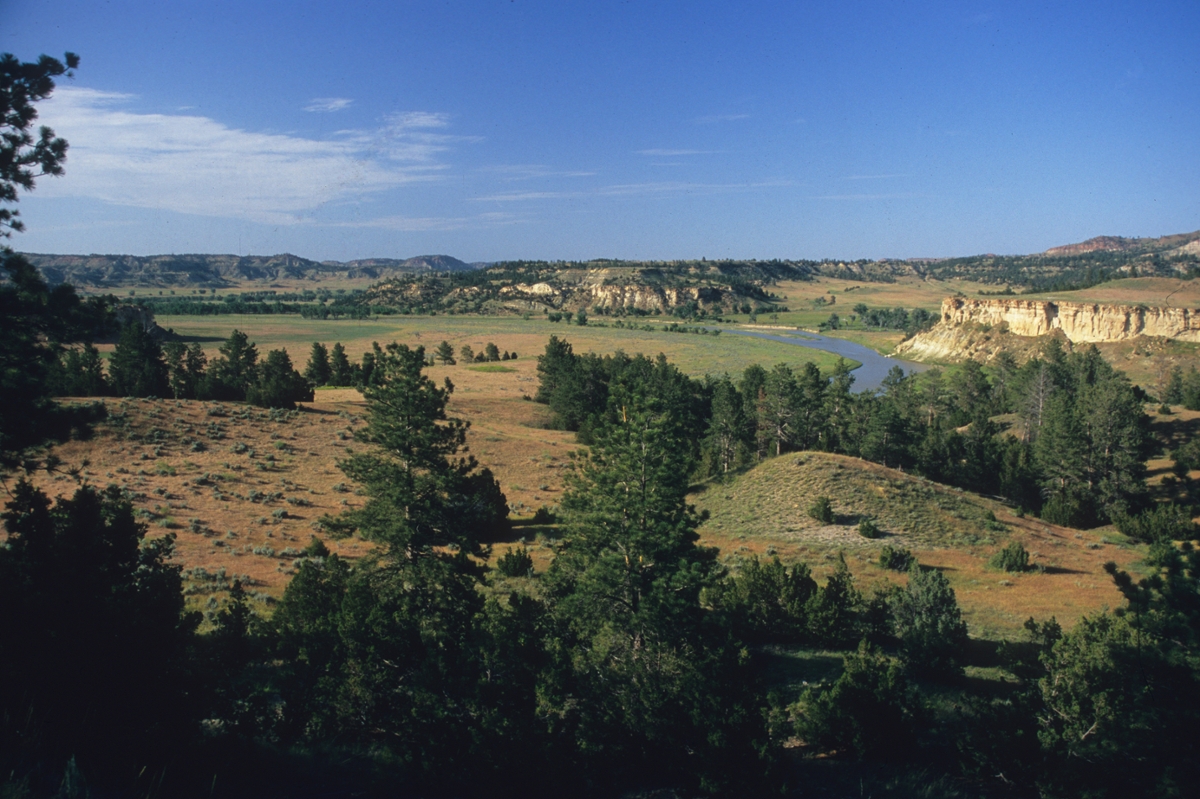Powder River
 The Powder River meanders through prairie and rugged badlands in eastern Montana. (Photo by Rick and Susie Graetz)
The Powder River meanders through prairie and rugged badlands in eastern Montana. (Photo by Rick and Susie Graetz)
“A mile wide, an inch deep, too thin to plow and too thick to drink” is as appropriate a portrayal today as it was when the first inhabitants described southeast Montana’s Powder River. In September 1805, French explorer Francois Antoine Larocque wrote, “The current of the river is very strong and the water is so muddy that it is scarcely drinkable. The savages say that it is always thus and that is the reason that they call the river Powder, for the wind rises and carries from the slope a fine sand which obscures and dirties the water.”
The Sioux, Cheyenne and Crow Indians at one time used the Powder River country as their hunting grounds. After the mid-1880s, when the bison were slaughtered and the U.S. Army forced the Indians out of their homelands, large cattle herds were driven north from Texas to graze on the rich grasses in the broad valleys of the Powder. Big cow outfits claimed huge tracts of land, until the legendary winter of 1886-87 virtually wiped out most operations.
After the Powder enters Montana from its beginnings in northeast Wyoming, it covers 150 air miles (its twists and turns probably triple the surface distance) before emptying into the Yellowstone 35 miles northeast of Miles City. Picturesque Broadus is the only town it encounters on its journey north.
University of Montana's Department of Geography
